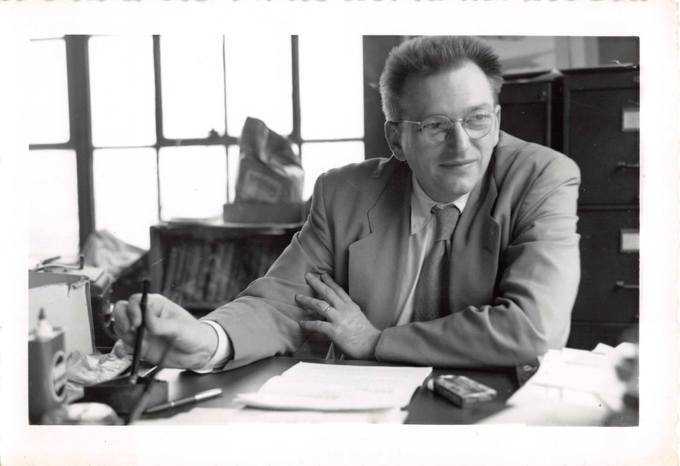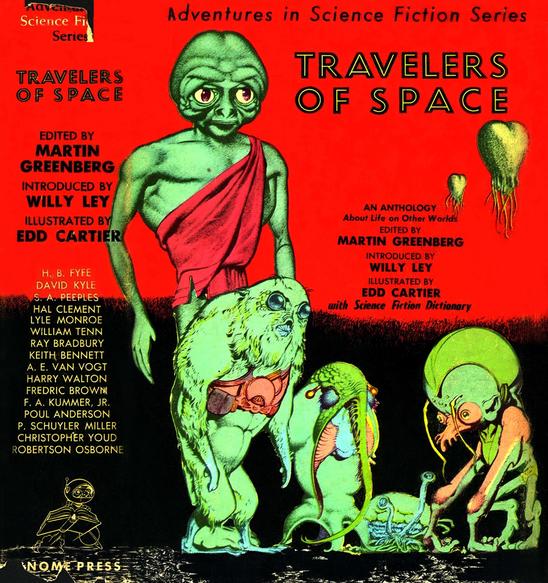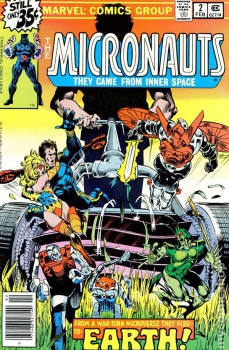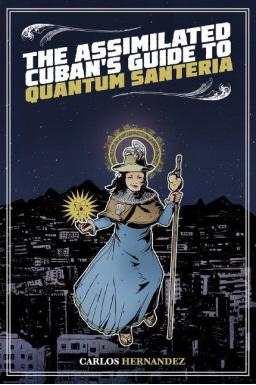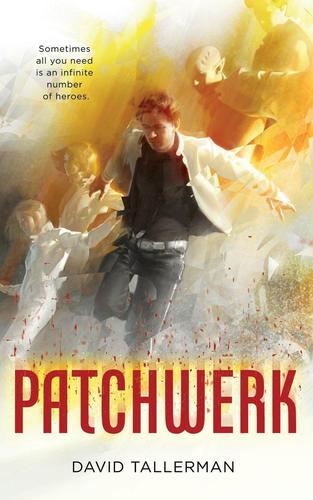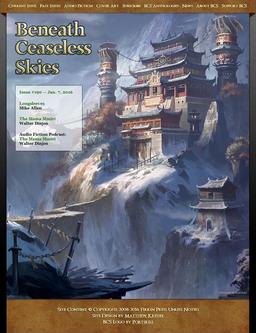The Public Life of Sherlock Holmes: The Shannara Chronicles
 I was reading fantasy before I discovered Sherlock Holmes and it’s still one of my two favorite genres. Now, one of my favorite series’ has finally been brought to the screen. Last October, Fletcher Vrendenbuergh posted about his re-read of Terry Brooks’ classic, The Sword of Shannara. Sword, loved by many (me among them) and reviled by many, was a huge hit upon release, appealing to the horde of Tolkien fans who wanted more of that style of fantasy. It’s a good essay with lots of comments: go check it out.
I was reading fantasy before I discovered Sherlock Holmes and it’s still one of my two favorite genres. Now, one of my favorite series’ has finally been brought to the screen. Last October, Fletcher Vrendenbuergh posted about his re-read of Terry Brooks’ classic, The Sword of Shannara. Sword, loved by many (me among them) and reviled by many, was a huge hit upon release, appealing to the horde of Tolkien fans who wanted more of that style of fantasy. It’s a good essay with lots of comments: go check it out.
After Sword, Brooks wrote a big chunk of a sequel, which (Lester) Del Rey told him to chuck and start over. Brooks did so and in 1982, we got The Elfstones of Shannara, which took place two generations after Sword. Shea’s grandson, Wil Ohmsford, now had the magical elfstones. Wishsong of Shannara rounded out the trilogy.
Two dozen more Shannara books would follow, with another due out later this year. Some take place before Sword, with most afterwards. Back when fantasy films consisted of “efforts” such as The Sword and the Sorcerer, Krull, Ator and even Ah-nuld’s two Conan movies, I always wondered why someone didn’t take Sword to the screen; be it live-action or animated. But nope: nothing.
Of course, Peter Jackson redefined fantasy films with his six movies from Tolkien’s books. And HBO created a monster with George R. Martin’s Game of Thrones. The 44-episode Legend of the Seeker, based on Terry Goodkind’s Sword of Truth novels, did not fare so well and was cancelled after two seasons on television.
But now, in 2016, we finally have The Shannara Chronicles, a ten-episode miniseries, based on The Elfstones. For that, we have MTV to thank. Well, it’s a mixed blessing. You got a sneak preview and some Black Gate commentary HERE last summer.

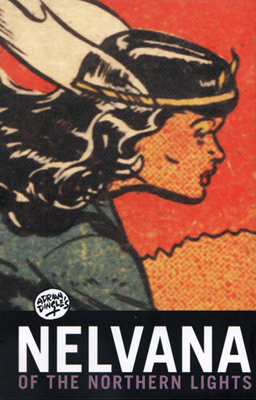 In 2014, following a successful Kickstarter campaign, Hope Nicholson and Rachel Richey published Nelvana of the Northern Lights, a trade paperback reprinting all the appearances of the eponymous Canadian super-heroine from the 1940s. IDW gave the book a wider release in hardcover and paperback later that year. It contains over 300 pages of comics written and drawn by Nelvana’s creator Adrian Dingle, mostly in black and white, along with forewords by the editors, an introduction by Dr. Benjamin Woo (Assistant Professor of Communication Studies at Carleton University), and an afterword by Michael Hirsh (an artist and animator who founded a well-known animation studio named for Nelvana). It’s a nice package, designed by Ramón Pérez, a past winner of the Eisner, Harvey, and Shuster Awards.
In 2014, following a successful Kickstarter campaign, Hope Nicholson and Rachel Richey published Nelvana of the Northern Lights, a trade paperback reprinting all the appearances of the eponymous Canadian super-heroine from the 1940s. IDW gave the book a wider release in hardcover and paperback later that year. It contains over 300 pages of comics written and drawn by Nelvana’s creator Adrian Dingle, mostly in black and white, along with forewords by the editors, an introduction by Dr. Benjamin Woo (Assistant Professor of Communication Studies at Carleton University), and an afterword by Michael Hirsh (an artist and animator who founded a well-known animation studio named for Nelvana). It’s a nice package, designed by Ramón Pérez, a past winner of the Eisner, Harvey, and Shuster Awards.

